
News
Exploring the Future of Sustainable Living with Modular Homes
As the world grapples with the pressing issues of climate change and urban overcrowding, the concept of sustainable living has gained unprecedented traction. Modular homes are emerging as a viable solution to these challenges, promising not only efficiency but also ecological responsibility. According to a report by the World Green Building Council, buildings contribute to nearly 40% of global carbon emissions, highlighting the urgent need for innovative construction methods. Modular homes, which are built in sections in a factory setting and then transported to the site for assembly, significantly reduce waste and energy consumption during the construction process.
The modular construction market is projected to grow significantly, with a 6.5% CAGR estimated from 2020 to 2027 (Fortune Business Insights). This growth is fueled by the increasing demand for affordable housing and sustainable building solutions. Modular homes not only provide cost-effectiveness but also offer flexibility in design and reduced construction times, making them an attractive option for both homeowners and developers. With advancements in technology and materials, modular homes are poised to redefine the landscape of housing, paving the way toward a more sustainable future capable of meeting the needs of generations to come.
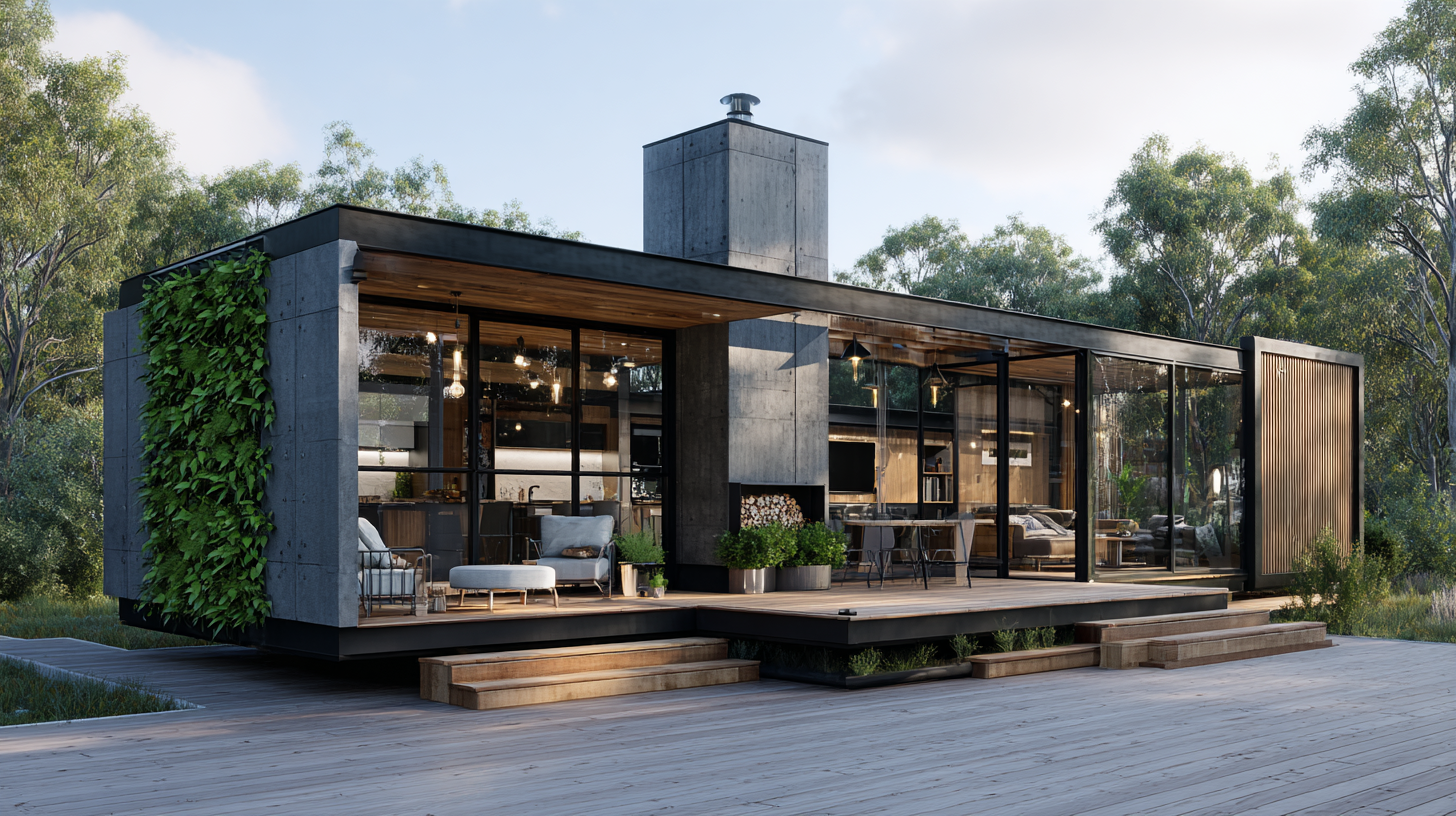
The Rise of Modular Homes in Sustainable Living: Market Trends and Projections
The rise of modular homes is reshaping the landscape of sustainable living, driven by both environmental concerns and economic factors. According to a report by Research and Markets, the global modular home market is expected to grow from $77 billion in 2021 to over $100 billion by 2026, at a CAGR of 5.4%. This growth is fueled by the increasing demand for eco-friendly living solutions and the integration of energy-efficient technologies in construction. Modular homes often utilize precision-engineering techniques that minimize waste, recycle materials, and lower carbon footprints compared to traditional building methods.
Market trends indicate a significant shift towards sustainable materials and energy-efficient designs in modular construction. A survey conducted by the National Association of Home Builders revealed that 60% of builders believe energy efficiency is the most important trend in residential construction today. Furthermore, reports from McKinsey show that modular homes can be constructed up to 30% faster than conventional homes, providing not only environmental benefits but also a faster return on investment for homeowners. With these promising projections, modular homes represent a critical element in the movement towards a more sustainable future, effectively combining affordability, speed, and ecological responsibility.
Market Trends in Modular Homes for Sustainable Living (2023)
This chart illustrates the increasing trend of modular homes sales from 2021 to 2025, with a significant rise predicted in the coming years as sustainable living becomes a priority for many individuals and families.
Sustainability Metrics: How Modular Homes Reduce Carbon Footprint Compared to Traditional Housing
Modular homes are gaining attention for their potential to minimize carbon footprints compared to traditional housing methods. These innovative structures, often designed for efficiency and sustainability, offer significant advantages in reducing greenhouse gas emissions throughout their lifecycle. Recent studies, including those evaluating construction methods in various regions, have shown that modular buildings generate substantially less embodied carbon compared to conventional building practices. This reduction stems from streamlined production processes and reduced material waste, making modular homes a viable option for environmentally conscious living.
**Tips for Sustainable Modular Living:**
- **Choose Sustainable Materials:** When selecting modular home designs, prioritize those that utilize eco-friendly materials, such as sustainable timber or recycled components, to further lower carbon emissions.
- **Maximize Energy Efficiency:** Implement energy-efficient systems like solar panels and high-performance insulation during the design phase to reduce energy consumption and enhance overall sustainability.
- **Prioritize Local Sourcing:** Utilize local suppliers for materials and labor to minimize transportation emissions and support the local economy.
As the world faces increasing urbanization and energy demands, the shift toward modular homes presents an exciting opportunity to create sustainable living spaces that significantly lessen our environmental impact.
Exploring the Future of Sustainable Living with Modular Homes
| Sustainability Metric | Modular Homes | Traditional Housing | Difference |
|---|---|---|---|
| Average Carbon Footprint (tons/year) | 7.5 | 12.0 | -4.5 |
| Energy Efficiency (% savings) | 30% | 10% | +20% |
| Construction Waste (%) | 5% | 20% | -15% |
| Water Use (liters/day) | 150 | 200 | -50 |
| Lifecycle Assessment (years) | 50 | 30 | +20 |
Cost-Effectiveness of Modular Homes: Analyzing Energy Efficiency and Long-Term Savings
The cost-effectiveness of modular homes lies primarily in their energy efficiency and potential for long-term savings. Unlike traditional construction methods, modular homes are built in controlled factory settings. This process not only streamlines production but also allows for superior insulation and energy-efficient materials to be utilized, significantly reducing energy consumption. Studies have shown that residents of modular homes can achieve energy savings of up to 30% compared to conventional houses, contributing positively to both the environment and household budgets.
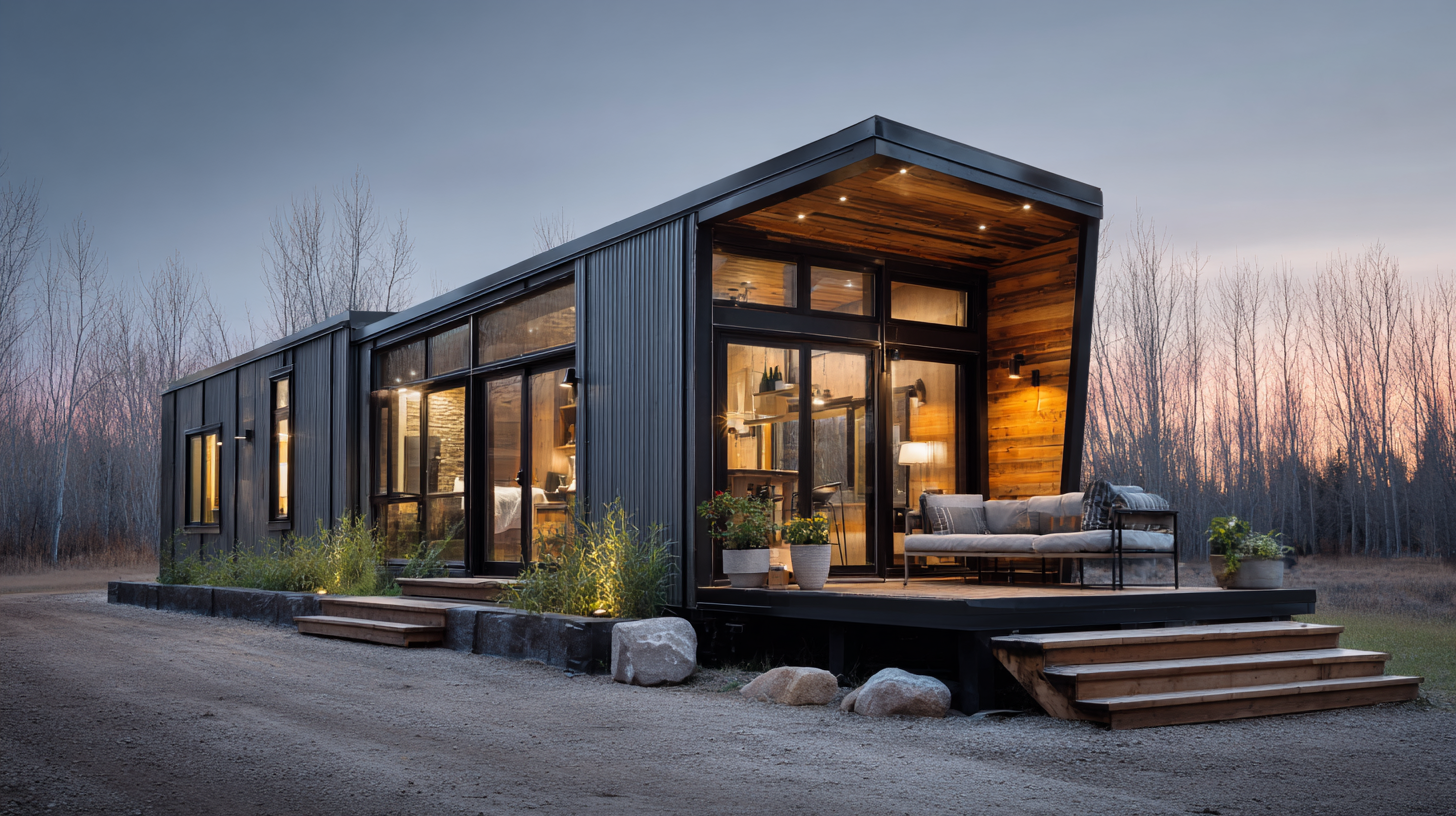
Moreover, the long-term financial benefits of modular homes extend beyond initial energy savings. The durability of modular construction means lower maintenance costs over time. With features like high-quality insulation and energy-efficient heating and cooling systems, homeowners can enjoy lower utility bills and reduced repairs. As more people consider sustainable living solutions, investing in modular homes presents a financially savvy choice that aligns with environmental goals, ensuring that families can not only save money upfront but also enjoy substantial savings in the years to come.
Innovations in Materials and Design: Enhancing Eco-Friendliness of Modular Homes
The future of sustainable living is being significantly shaped by innovations in the design and materials of modular homes. As the housing industry pivots towards eco-friendliness, modular homes have emerged as a key player, offering efficient construction processes and minimizing waste. Recent advancements in sustainable materials, such as prefabricated steel frames, are enhancing the eco-friendliness of these homes, allowing for rapid assembly while adhering to green building standards. This trend is not only transforming residential structures but is also aligning with a broader movement towards personalized home decor that incorporates customizable designs and smart integrations.
Additionally, the rise of futuristic designs in the modular housing sector, particularly in the tiny house movement, illustrates a growing demand for living spaces that are both stylish and sustainable. These innovative homes are crafted to optimize space while employing environmentally friendly materials that resonate with the values of modern consumers. The increasing emphasis on sustainability is prompting both manufacturers and homeowners to prioritize eco-conscious choices, influencing a shift in the home decor market towards more responsible and innovative solutions. As we continue to explore the intersection of architecture and environmental stewardship, the modular home sector stands poised to lead the charge in redefining what sustainable living can look like for future generations.
Community Impact: How Modular Housing Supports Sustainable Urban Development and Resilience
The rise of modular homes presents a transformative opportunity for sustainable urban development. According to a report by the World Economic Forum, modular construction can reduce waste by up to 60% compared to traditional building methods. This efficiency not only lowers environmental impact but also addresses the urgent need for affordable housing in urban areas. By streamlining the construction process and utilizing sustainable materials, modular homes can significantly decrease carbon emissions, contributing to a more resilient urban landscape.
Furthermore, modular housing promotes community interconnectedness, which is vital for sustainable urban development. Research from the Urban Land Institute suggests that well-designed modular communities can enhance social cohesion and reduce resource consumption by creating shared spaces and promoting efficient use of infrastructure. As cities face challenges related to population growth and climate change, modular homes serve as a practical solution that aligns with both environmental goals and community-building efforts, ultimately fostering a more sustainable and resilient urban future.
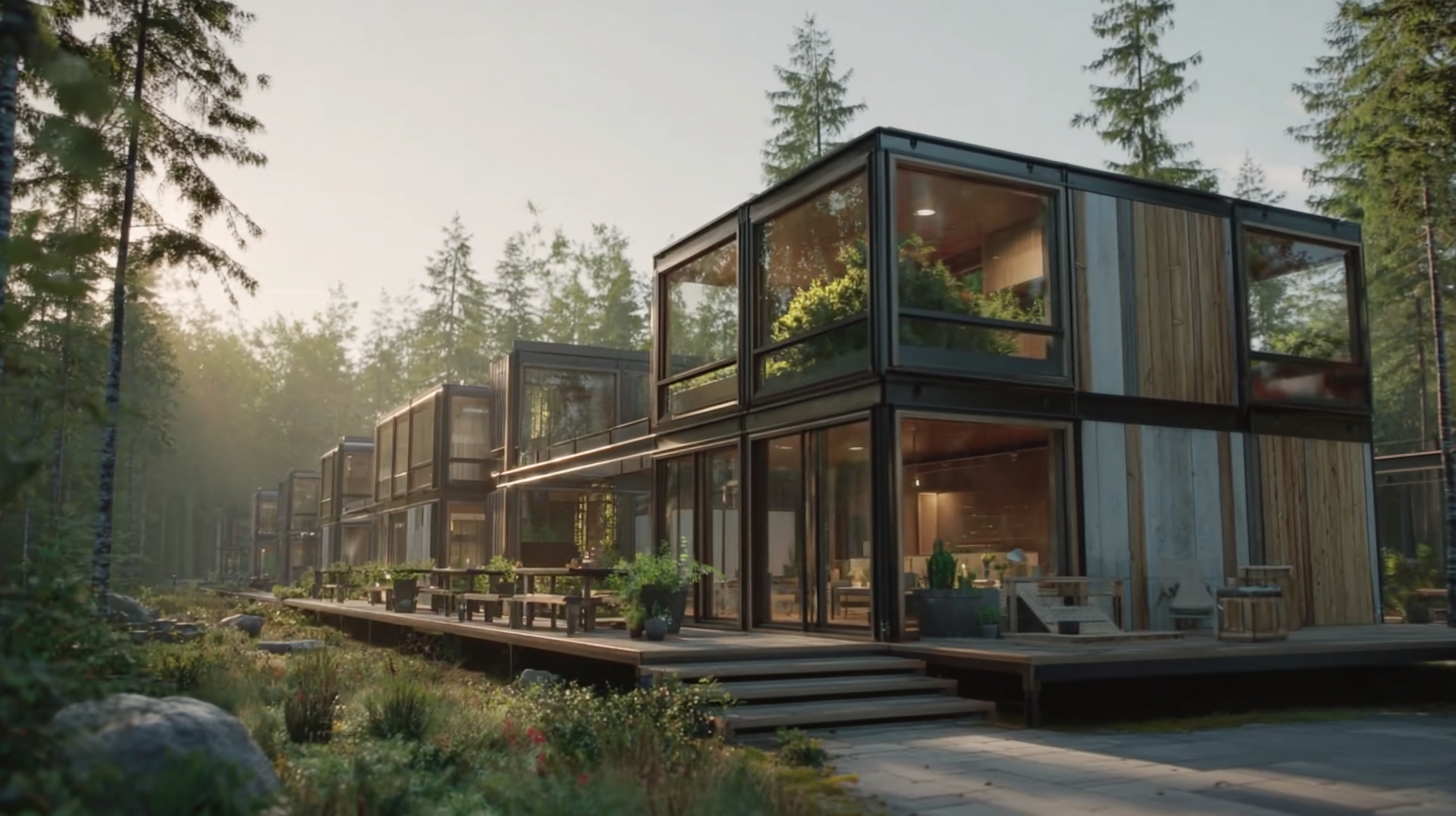
Related Posts
-
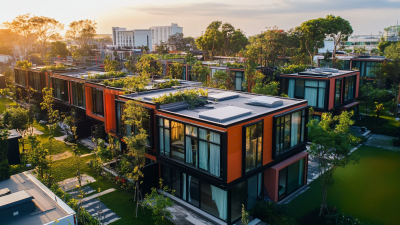
Understanding the Benefits of Modular Homes for Global Buyers
-
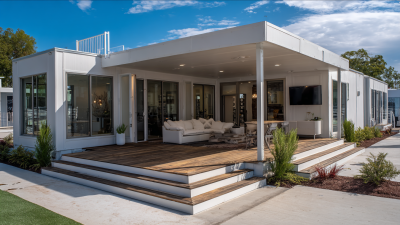
Transforming Spaces: Unveiling Global Success Stories with the Best Modular Homes
-
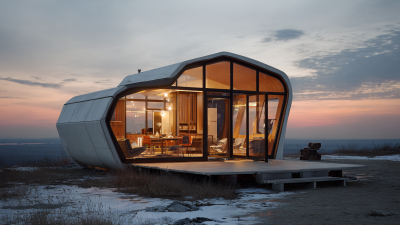
7 Innovative Ways a Modular Space House Can Transform Your Living Experience
-
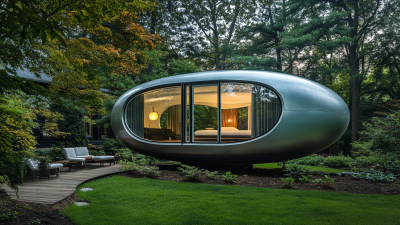
Ultimate Guide to Finding the Perfect Capsule House for Your Commercial Needs
-
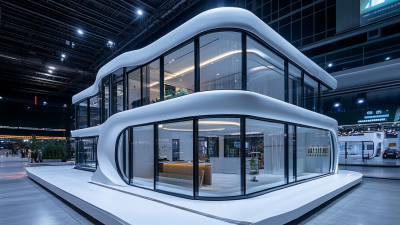
Top 10 Prefabricated Houses Available from Chinese Manufacturers at the 137th Canton Fair
-

Navigating the Challenges: Common Issues with Best Modular Homes and How to Overcome Them
